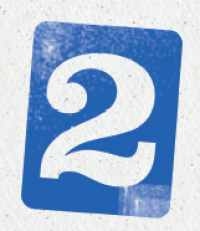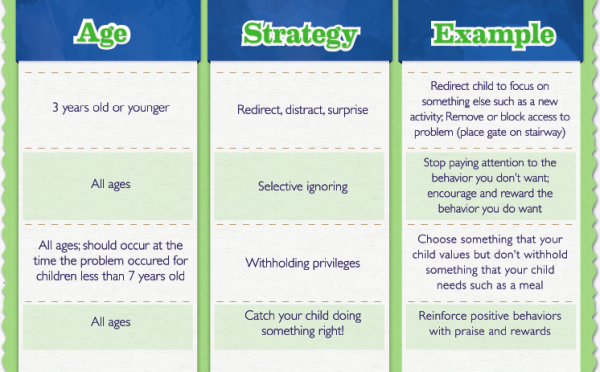
Every Child's Brain Is Unique!
There is no one-size-fits-all discipline strategy for children. Every parent needs a toolkit of effective discipline strategies that they can choose from based on their child's needs and the situation.
Your child's brain is being shaped by experience and environment -- it is constantly changing and you will need to adapt your discipline toolkit to meet your child where he or she is at in their development.
A good example of matching discipline to your child's development is using time-out. This strategy usually doesn't work well with children less than 3 years old -- this is the age when child's brain starts to be able to reason and understand what time-out means.
You can use time-outs as a learning experience to teach your child about self-control. Time-out provides the opportunity for a child to calm down. Then your child can think about what he or she did wrong and how to change his/her behavior. Children need to be half to be able to access the part of their brains where they can understand the lesson you are teaching them and problem solve their behaviors.

1. Set for time-out ahead of time (where, how long, when you will use it); the time limit is usually one minute for each year of age.
2. Choose a quiet location for time-out where you can see your child.
3. Ask your child to think about what he or she did wrong and how they could do better next time.
4. When the time that you have set for time-out is over, talk with your child about what behavior would be acceptable.
Several strategies for effective discipline are shown in the toolkit below. Ask yourself how you can adapt and combine these strategies for your child. For example, selective ignoring can be combined with redirecting by ignoring a child's whining because she is upset that she can't watch television and then redirecting her attention to finishing a puzzle to distract her.


